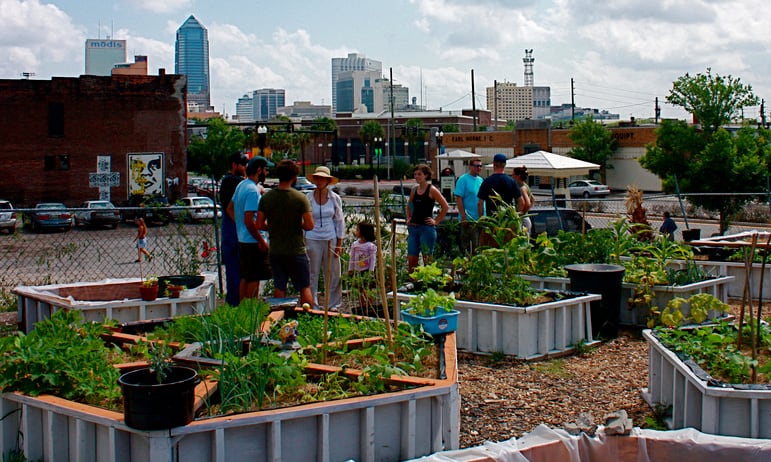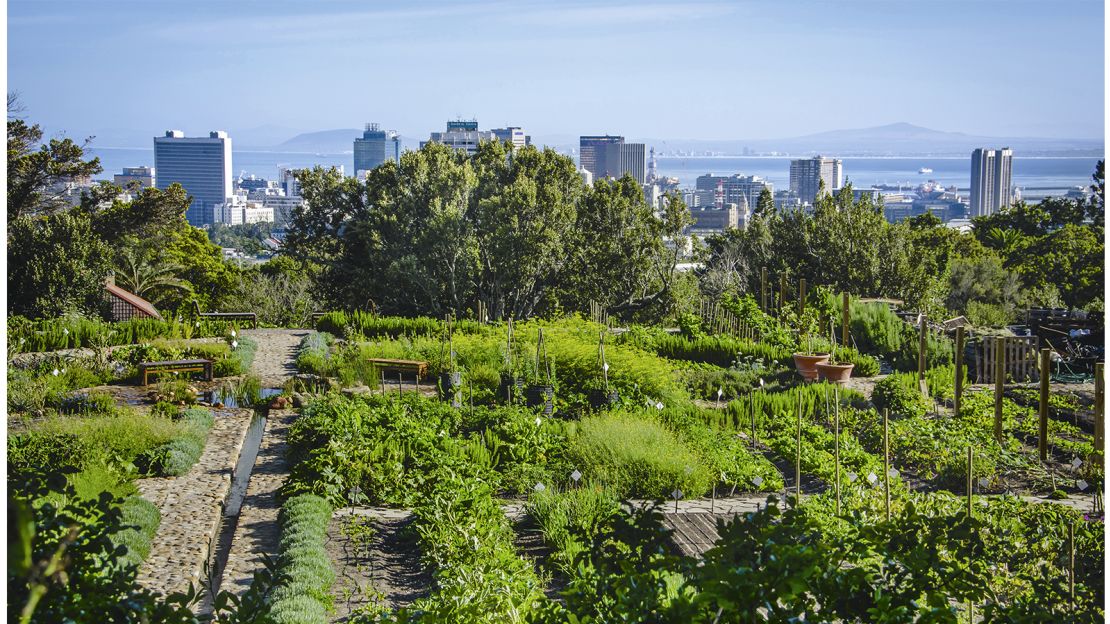Some Known Factual Statements About City Blooming
Table of ContentsCity Blooming Fundamentals ExplainedSome Known Questions About City Blooming.The City Blooming StatementsA Biased View of City BloomingAll about City Blooming
Fascinated in expanding food available for sale in the City of Chicago? Thinking of beginning a community yard? Changes to the Chicago Zoning Statute enable farming usages like community yards and metropolitan ranches in lots of parts of the city. Below is a list of often asked inquiries pertaining to the guidelines and policies that farmers need to take into consideration when intending an urban agriculture project.
The zoning amendment does not modify any kind of various other codes taking care of composting, structure permits, purchasing or leasing City had building, business licenses or ecological contamination. There are existing codes that manage these concerns and they remain completely impact and might be relevant to your project. Community yards are commonly had or taken care of by public entities, public companies or community-based companies and kept by volunteers.
Urban farms grow food that is intended to be marketed, either on a nonprofit or for-profit basis. Due to their business purpose, city ranches require an organization permit. Yes. An area garden is permitted to sell surplus generate that was grown on website if the sales are accessory or subordinate to the yard's primary function explained over.
The Main Principles Of City Blooming
Composting is enabled but only for plant product that is generated and made use of on site. The amount of compost material can not surpass 25 cubic lawns at any kind of offered time according to the criteria in 7-28-715 of the City's Municipal Code. Yes. Since the dirt at most new yard websites requires modifying, garden compost, soil, timber chips, or various other materials can be obtained to construct or boost the expanding area - urban gardening.

If a building permit is needed then the hoophouse will certainly be thought about an accessory building. You can discover more concerning the building permit needs by calling the Department of Buildings. The 25,000-square-foot dimension limitation is intended to avoid a solitary area yard from dominating a given block or diminishing the block's existing property or industrial character.
The restriction does not use to gardens located in Public Open Area (POS) areas. Can there be more than one community yard that is 25,000 square feet on a single block? Secure fencing is not needed, nevertheless, yards that have huge car park locations might be called for to install secure fencing or various other landscaping features.
The Best Strategy To Use For City Blooming
B1 & B2 districts call for that all industrial use tasks be conducted indoors. R districts limit business activity. The laws mirror the purpose and intent of the Zoning Code. Is fence needed for urban ranches? Yes. Fencings may be required, along with landscape design and testing, for sure parking locations and outdoor work or storage locations relying on area and the particular activity taking location.
Yes. Urban ranches need structure licenses and zoning authorizations before building and construction. Various other kinds of city testimonial may be called for depending upon particular structures, activities, dimension, landscape design, licensing, public health and stormwater management problems. Most of these needs are determined in the task layout or allowing procedure, however, the applicant might be accountable to independently identify particular licenses or allows that might be required.
Yes. The sort of license is figured out by what is happening at the website. The Division of Organization Affairs and Consumer Defense can help figure out the certain type of service certificate that's required. Yes. Off road car park is needed for many commercial tasks in Chicago. The called for variety of car park spaces is based upon the variety of staff members working with website and not the square footage of the growing space.
Getting The City Blooming To Work

Yes. A city farm can sell compost product produced on site, however, the operation must follow the laws in 7-28-715 of the Chicago Municipal Code. Yes. Aquaponic systems are enabled indoors on city farms in many zoning districts. Nevertheless, a zoning review and building authorization is called for in order to mount structures or systems and a business license is required as defined over.
Approximately 5 hives or colonies of honey might be kept as an accessory usage. Nevertheless, beekeepers must sign up with the Illinois Division of Agriculture. For more details about the suggested zoning modification you may contact the Division of Real Estate and Economic Advancement, Bureau of Planning and Zoning at 312.744.8563.
Farming in cities and urban locations An urban ranch in Chicago. Urban farming refers to various methods of cultivating. https://cityblooming.edublogs.org/2024/06/27/city-gardening-transforming-urban-spaces/, handling, and dispersing food in urban locations. The term additionally applies to the location tasks of pet husbandry, aquaculture, beekeeping, and horticulture in a city context. Urban agriculture is distinguished from peri-urban agriculture, which occurs in backwoods beside suburbs.
Fascination About City Blooming
It can entail a movement of natural growers, "foodies" and "locavores", who look for to create social networks based on a common values of nature and area holism. These networks can create by means of official institutional assistance, ending up being incorporated right into regional town planning as a "transition town" activity for lasting urban development.
Some of the first proof of city agriculture comes from Mesopotamia.